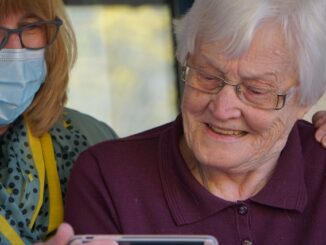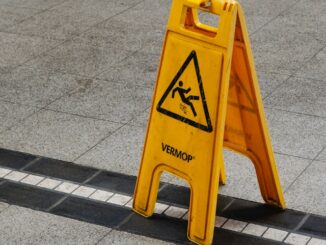
In slip and fall claims, medical documentation plays a pivotal role in establishing the extent of injuries, the impact on the victim’s life, and the need for compensation. Seeking medical evaluation and treatment immediately after the accident and continuing treatment throughout the duration of the claim is essential for maximizing damages and ensuring fair compensation for victims.
Medical documentation serves several critical purposes in slip and fall claims:
- Establishing Causation: Medical records provide evidence linking the victim’s injuries to the slip and fall accident. By documenting the nature and severity of the injuries, as well as any diagnostic tests or imaging studies performed, medical professionals can establish a clear causal relationship between the accident and the resulting harm.
- Documenting Treatment and Progress: Continuing medical treatment allows healthcare providers to monitor the victim’s progress and adjust treatment plans as necessary. This ongoing documentation not only ensures that injuries are properly managed but also provides a record of the victim’s compliance with recommended treatment, which can be important in demonstrating the effort to mitigate damages.
- Quantifying Damages: Medical records serve as tangible evidence of the victim’s medical expenses, including hospital bills, medication costs, and expenses related to rehabilitation or therapy. By documenting the financial impact of the injuries, medical documentation helps quantify the economic damages incurred by the victim, which are a key component of compensation in slip and fall claims.
- Supporting Non-Economic Damages: In addition to economic damages, slip and fall victims may also be entitled to non-economic damages, such as pain and suffering, loss of enjoyment of life, and emotional distress. Medical records documenting the nature and severity of injuries, as well as their impact on the victim’s daily life and emotional well-being, provide crucial support for these non-economic damages.
In conclusion, seeking immediate medical evaluation and treatment after a slip and fall accident, and continuing treatment throughout the duration of the claim, is essential for maximizing damages and ensuring fair compensation for victims. By prioritizing their health and diligently documenting their injuries and treatment, victims can strengthen their case and protect their rights in the pursuit of justice.



